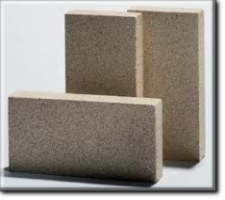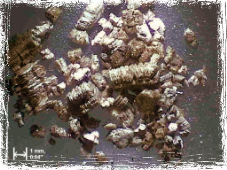What is VERMICULITE? - Waterproofing Africa, We Reign When It Pours
Main menu:
- HOME
-
ABOUT
- BEE
- OPPORTUNITIES
- ABOUT US
- CLIENTS
-
SERVICES
- WATERPROOFING
- APPLICATIONS
- BUILDING TIPS
- PAINTING
- SERVICE PLANS
- PRODUCTS
- CONTACT US
- QUOTE ME
What is VERMICULITE?
What is Vermicultie?
Vermiculite is a natural mineral that expands with the application of heat. The expansion process is called exfoliation and it is routinely accomplished in purpose-

Its name is from Latin vermiculare, to breed worms, for the manner in which it exfoliates when heated. Associated mineral phases include: corundum, apatite, serpentine and talc. It occurs interlayered with lt chlorite, biotite and phlogopite. It typically occurs as an alteration product at the contact between felsic and mafic or ultramafic rocks such as pyroxenites and dunites. It also occurs in carbonatites and metamorphosed magnesium rich lt limestone
Structure
Vermiculite is a 2:1 clay, meaning it has 2 tetrahedral sheets for every one octahedral sheet. It is a limited expansion clay with a medium shrink-

Opportunities | References | Building Tips | Service Plans | Vermiculite
© 2015 WATERPROOFING AFRICA | Registered Professional Damp Proofing & Waterproofing Commercial Contractors
We "Reign" When It "Pours"
